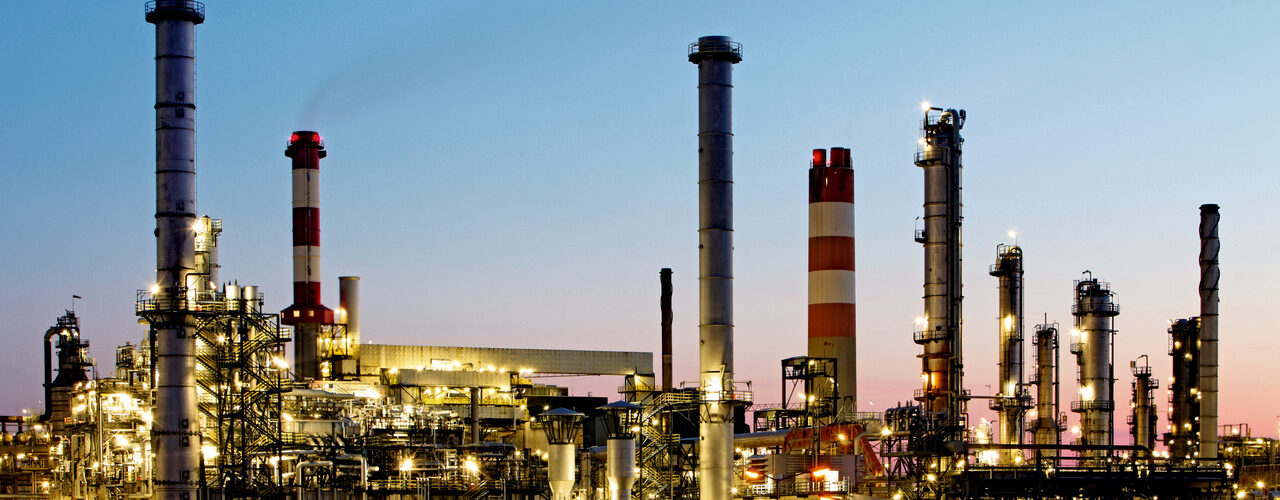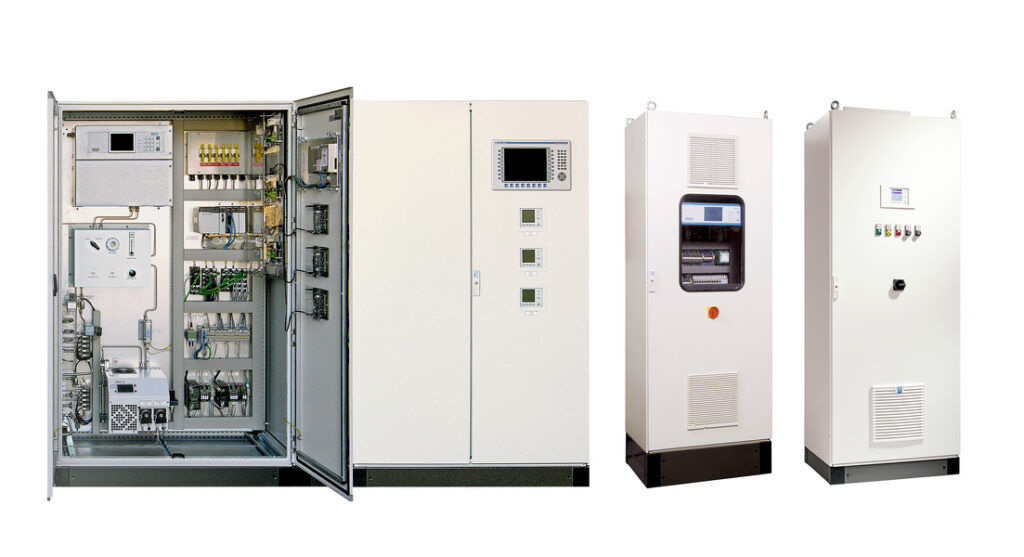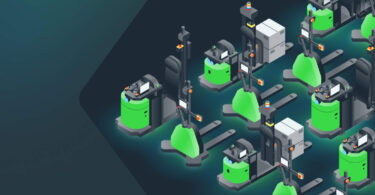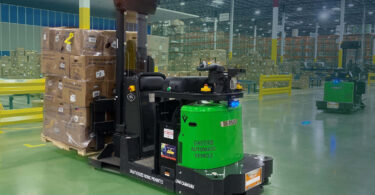In just ten steps, you can be on your way to having the perfect continuous emissions monitoring system (CEMS) for your operations
A Continuous Emission Monitoring System (CEMS) is an important tool for air quality compliance and environmental protection. The selection of this system is a critical decision for process automation industries.
CEMS are used to accurately and continuously measure and monitor emissions from fuel burning processes, such as boilers, turbines, and combustion engines. By implementing this system, companies can ensure they are in compliance with environmental regulations and minimize the risk of penalties. This makes CEMS a valuable tool for oil and gas customers who are looking to reduce their environmental impact and ensure their operations are compliant with regulations.
When selecting a CEMS system, there are several factors that must be taken into consideration. We have ten steps for you to find the right CEMS system for your application. We even have a handy infographic that you can look and use as reference!
Step 1: Determine the process parameters
Process parameters are an important consideration when selecting a CEMS as it must be able to accurately measure the gases and particles emitted from the process. The type of gas, temperature, and pressure of the process will determine the type of CEMS that should be used. For example, for a process that includes highly reactive gases, such as hydrogen sulfide, a CEMS with high-temperature and pressure capabilities may be necessary. Additionally, where hazardous gases or particles are emitted, a specialized CEMS may be needed to measure those emissions.
The CEMS must also be able to accurately measure and evaluate the process operating parameters such as air flow, temperature, and pressure. This will ensure that the CEMS is providing accurate measurements of the emissions from the process. Furthermore, the CEMS must be able to operate in the environment in which it will be used. This is important to make sure that the CEMS is not damaged or compromised by the process environment. Additionally, the CEMS must be able to operate over a wide range of temperatures and pressures to ensure that it can accurately measure the emissions from the process.
Step 2: Determine compliance rules & standards
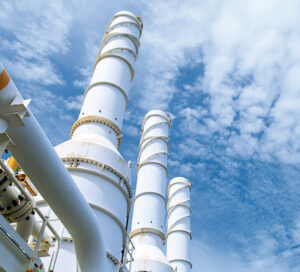 Compliance standards for CEMS solutions are set by local and federal regulatory agencies. The U.S. Environmental Protection Agency (EPA) sets the standards for emissions and local city and state agencies may set additional regulations for emissions. It is important for oil and gas companies to be aware of and comply with these standards to avoid potential fines or penalties.
Compliance standards for CEMS solutions are set by local and federal regulatory agencies. The U.S. Environmental Protection Agency (EPA) sets the standards for emissions and local city and state agencies may set additional regulations for emissions. It is important for oil and gas companies to be aware of and comply with these standards to avoid potential fines or penalties.
For CEMS solutions, the EPA has set the National Emissions Standards for Hazardous Air Pollutants (NESHAP). This standard sets limits on the amount of hazardous air pollutants that can be emitted from a facility. Additionally, the EPA has established the New Source Performance Standards (NSPS) which sets limits on the amount of air pollutants that can be emitted from new sources. Companies must adhere to these standards to remain in compliance with the EPA. Additionally, OSHA sets standards for occupational safety and health, and companies must ensure that their CEMS solutions are compliant with these standards in order to protect workers from hazardous air pollutants.
Step 3: Are future regulations are expected
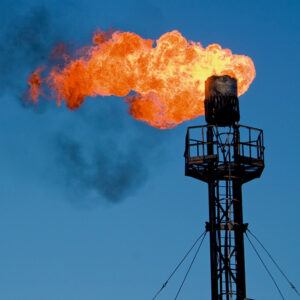 Possible future regulations also have an impact on the selection of a CEMS. This is because many regulations for emissions monitoring are changing, and customers must ensure that the chosen CEMS can meet all current requirements, as well as any pending changes or proposed regulations.
Possible future regulations also have an impact on the selection of a CEMS. This is because many regulations for emissions monitoring are changing, and customers must ensure that the chosen CEMS can meet all current requirements, as well as any pending changes or proposed regulations.
But how can you predict what changes may occur? The easiest option is to ensure the selected system can easily be upgraded or modified to meet any new regulations or changes in the future. This is especially important for customers operating in areas with high levels of air pollution, as they must meet the most stringent regulations. Additionally, customers must consider the cost of operation and maintenance, as future regulations may require additional monitoring or upgrades that could significantly increase the cost of operation.
Step 4: What fuel is currently being used?
 The selection of CEMS for oil and gas customers is largely impacted by the type of fuel used on site. For example, the selection of CEMS for a natural-gas-fired power plant may be different than the selection of CEMS for an oil-fired power plant. For natural-gas-fired power plants, the CEMS selection must be capable of accurately measuring several parameters, such as oxygen, carbon dioxide, nitrogen, and water vapor.
The selection of CEMS for oil and gas customers is largely impacted by the type of fuel used on site. For example, the selection of CEMS for a natural-gas-fired power plant may be different than the selection of CEMS for an oil-fired power plant. For natural-gas-fired power plants, the CEMS selection must be capable of accurately measuring several parameters, such as oxygen, carbon dioxide, nitrogen, and water vapor.
In addition, the CEMS must be able to measure concentrations of combustion pollutants, such as carbon monoxide, nitrogen dioxide, and sulfur dioxide. For oil-fired power plants, the CEMS requirements may differ, as the pollutants of concern are typically different. In addition, the CEMS must have the capability to monitor the total hydrocarbon content of the flue gas.
Any CEMS must be designed to accurately measure the concentration of the pollutants from the specific fuel being used. For example, an oil-fired power plant will require a CEMS capable of accurately measuring the concentration of oil-based pollutants, whereas a natural-gas-fired power plant will require a CEMS capable of measuring the concentration of natural gas-based pollutants. Additionally, the CEMS must be designed to meet any additional requirements, such as local regulations or providing data to a third party.
Step 5: Will any fuels create issues?
 Some fuels may present challenges when considering a CEMS. First, some fuels may contain high levels of sulfur or other contaminants that can lead to corrosion of the CEMS components. This corrosion can lead to inaccuracies in the readings from the CEMS, potentially leading to incorrect emissions data.
Some fuels may present challenges when considering a CEMS. First, some fuels may contain high levels of sulfur or other contaminants that can lead to corrosion of the CEMS components. This corrosion can lead to inaccuracies in the readings from the CEMS, potentially leading to incorrect emissions data.
Additionally, certain fuel types may produce more particulates which can block the CEMS sensors, leading to a reduced accuracy in the readings. Furthermore, some fuels may have higher levels of heat, which can lead to increased exhaust temperatures. This increased temperature can cause the CEMS to over-report emissions, leading to inaccurate results.
The selection of a CEMS is further complicated by the variation in fuel types used on site. Different fuel types may require different CEMS models, as they may not be able to accurately measure the emissions from certain fuels. Some fuels may have higher concentrations of volatile organic compounds or other pollutants which could impact the CEMS selection. It is important to consider the type of fuel used in the facility when selecting CEMS, as this can ensure that the CEMS is able to accurately measure the emissions from the facility.
Step 6: Verify whether the operational conditions of the CEMS will remain constant over its life investment
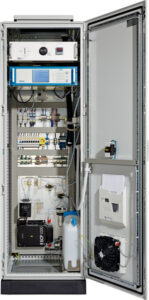 Operational conditions can have a major impact on the selection of CEMS for oil and gas customers. Efficiency, reliability, and accuracy of the system are all key factors in the selection process. For example, when the operating conditions involve extreme temperatures, the CEMS must be able to measure accurately and reliably under those conditions and respond to any changes quickly and accurately.
Operational conditions can have a major impact on the selection of CEMS for oil and gas customers. Efficiency, reliability, and accuracy of the system are all key factors in the selection process. For example, when the operating conditions involve extreme temperatures, the CEMS must be able to measure accurately and reliably under those conditions and respond to any changes quickly and accurately.
For example, if the facility is in an area with high concentrations of hydrocarbon vapors, then the CEMS must be able to detect and measure those vapors accurately. The CEMS must also be able to withstand the corrosive effects of chemicals used in the oil and gas production process. It also must be durable enough to withstand the presence of high wind, dust, and other environmental conditions.
Step 7: Consider the CEMS lifetime costs in relation to the initial investment
CEMS are designed to measure and monitor emissions from industrial processes to ensure compliance with environmental regulations. In addition to the initial purchase cost of the CEMS, the lifetime cost of ownership must also be weighed when selecting. This includes costs associated with installation, calibration, maintenance, and repairs, as well as the costs associated with training personnel to operate and maintain the system.
The total lifetime cost of ownership for a CEMS can be significantly higher than the initial purchase cost. Therefore, CEMS options must be carefully evaluated to select the system that will provide the most cost-effective solution. Factors such as system reliability, accuracy, and ease of use must all be considered to ensure long-term value and cost savings. It is important to note that the lifetime cost of ownership can vary greatly depending on the type of system chosen and its expected operating environment, so it is important to consider all factors when selecting a CEMS.
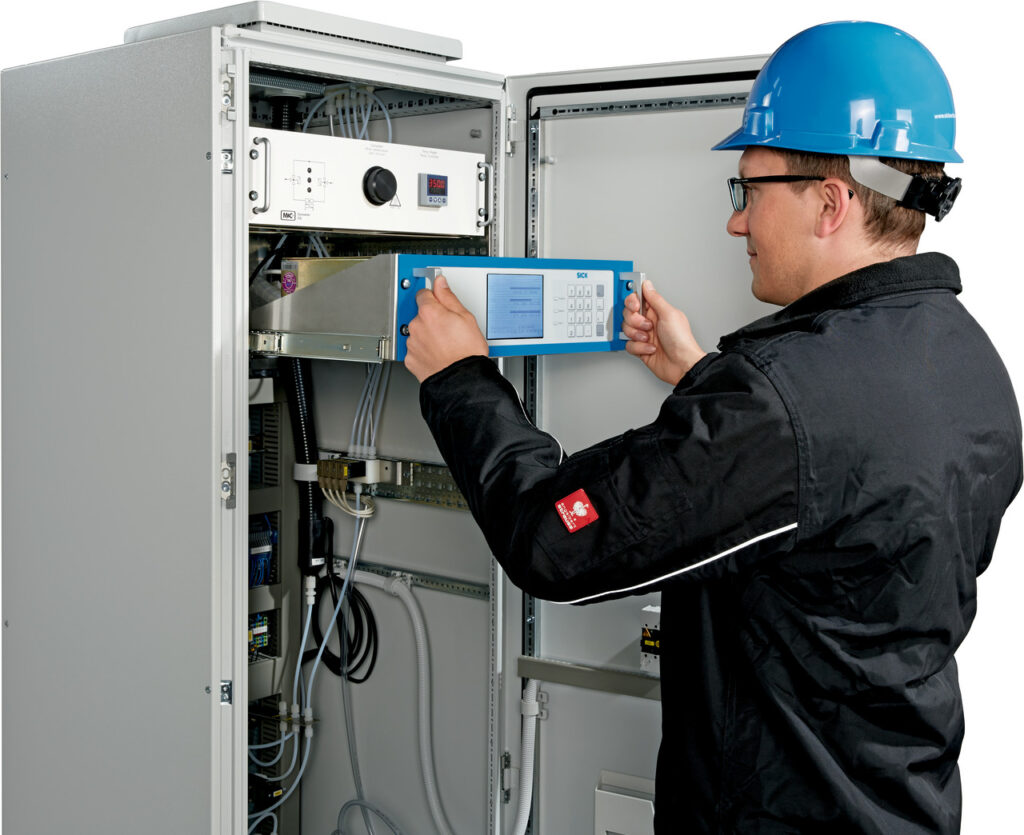
Step 8: Ensure support resources for the CEMS
Manufacturers of CEMS systems typically provide technical support and application advice to their customers. Customers can also turn to industry organizations, such as the American Petroleum Institute (API) and the International Association of Oil and Gas Producers (IOGP) for guidance on CEMS selection. These organizations provide a wealth of resources on CEMS systems, including technical specifications, best practices, and regulatory information.
The selection process requires a thorough analysis of the available CEMS technologies, their capabilities, and the associated costs. It is important to consider both the upfront costs and the long-term costs of the system, considering maintenance and repair requirements. Additionally, it is important to review the available technical support resources, such as customer support and training, to ensure that the CEMS selected is properly maintained and operated. The selection process should also include an assessment of the vendor's customer service and support capabilities to ensure that any technical questions or issues are addressed in a timely manner.
Step 9: Consider the onsite ambient situation
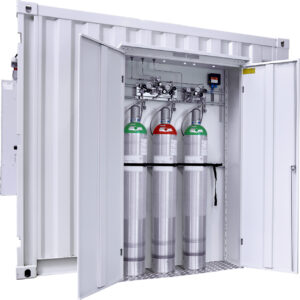 When selecting a CEMS, it is essential to consider the on-site environment for accuracy and reliability. Factors such as the presence of chemicals, high temperatures, and high levels of dust can negatively impact the performance of CEMS, as these conditions can cause the system to prematurely fail or provide inaccurate readings. Additionally, CEMS must be able to withstand extreme weather conditions, including high winds, lightning, and humidity, that can be common in an oil and gas facility. Companies must select a CEMS that is designed to withstand the environment and provide long-term performance.
When selecting a CEMS, it is essential to consider the on-site environment for accuracy and reliability. Factors such as the presence of chemicals, high temperatures, and high levels of dust can negatively impact the performance of CEMS, as these conditions can cause the system to prematurely fail or provide inaccurate readings. Additionally, CEMS must be able to withstand extreme weather conditions, including high winds, lightning, and humidity, that can be common in an oil and gas facility. Companies must select a CEMS that is designed to withstand the environment and provide long-term performance.
In addition to selecting a CEMS that is designed to handle the on-site conditions, companies must also consider how to protect the system from external contaminants. This includes keeping the system away from heavy machinery and other sources of vibration, as well as making sure it is installed in a secure location away from corrosive agents. Furthermore, it is important to keep the system clean and free of debris, as any dust or dirt can interfere with the accuracy of the CEMS.
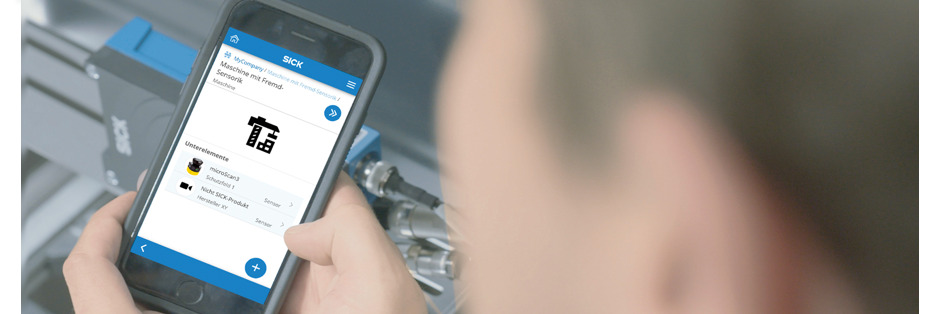
Step 10: Factor in CEMS Technology Benchmarking
Technology benchmarking is an important tool when selecting a CEMS to measure and monitor the emissions of pollutants from a variety of sources, such as power plants, factories, and oil and gas production sites. Technology benchmarking involves examining the capabilities of different CEMS and comparing them to industry standards and customer requirements. This helps customers identify the most suitable system for their specific needs.
By benchmarking CEMS, customers can assess the accuracy, reliability, and cost of the system, as well as its ability to monitor and provide real-time data on the emissions of pollutants. Customers can also use benchmarking to identify the most cost-effective CEMS that meets their standards and needs. Additionally, benchmarking can help customers identify the best system for their location and the regulatory requirements for their industry. This helps ensure that the CEMS is compliant with local and federal regulations, as well as helping customers make a more informed decision when selecting a CEMS.
Want help selecting the right CEMS system for you? Contact a SICK representative today!


